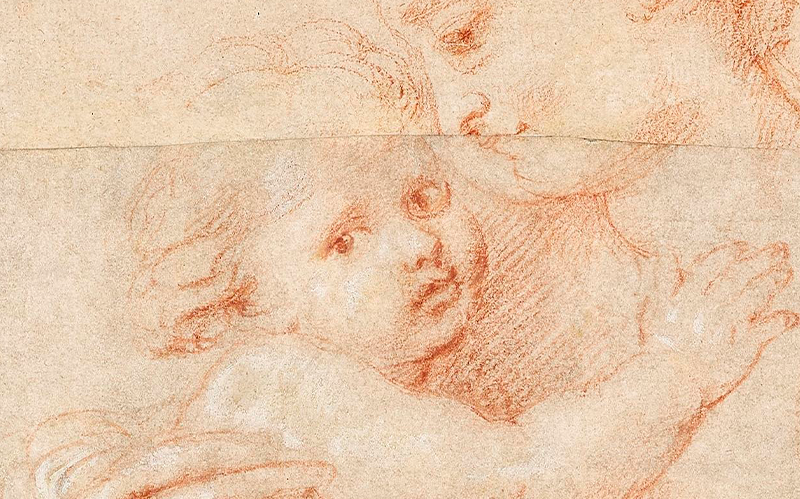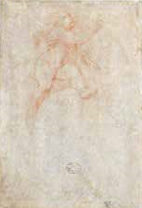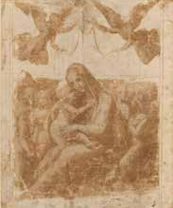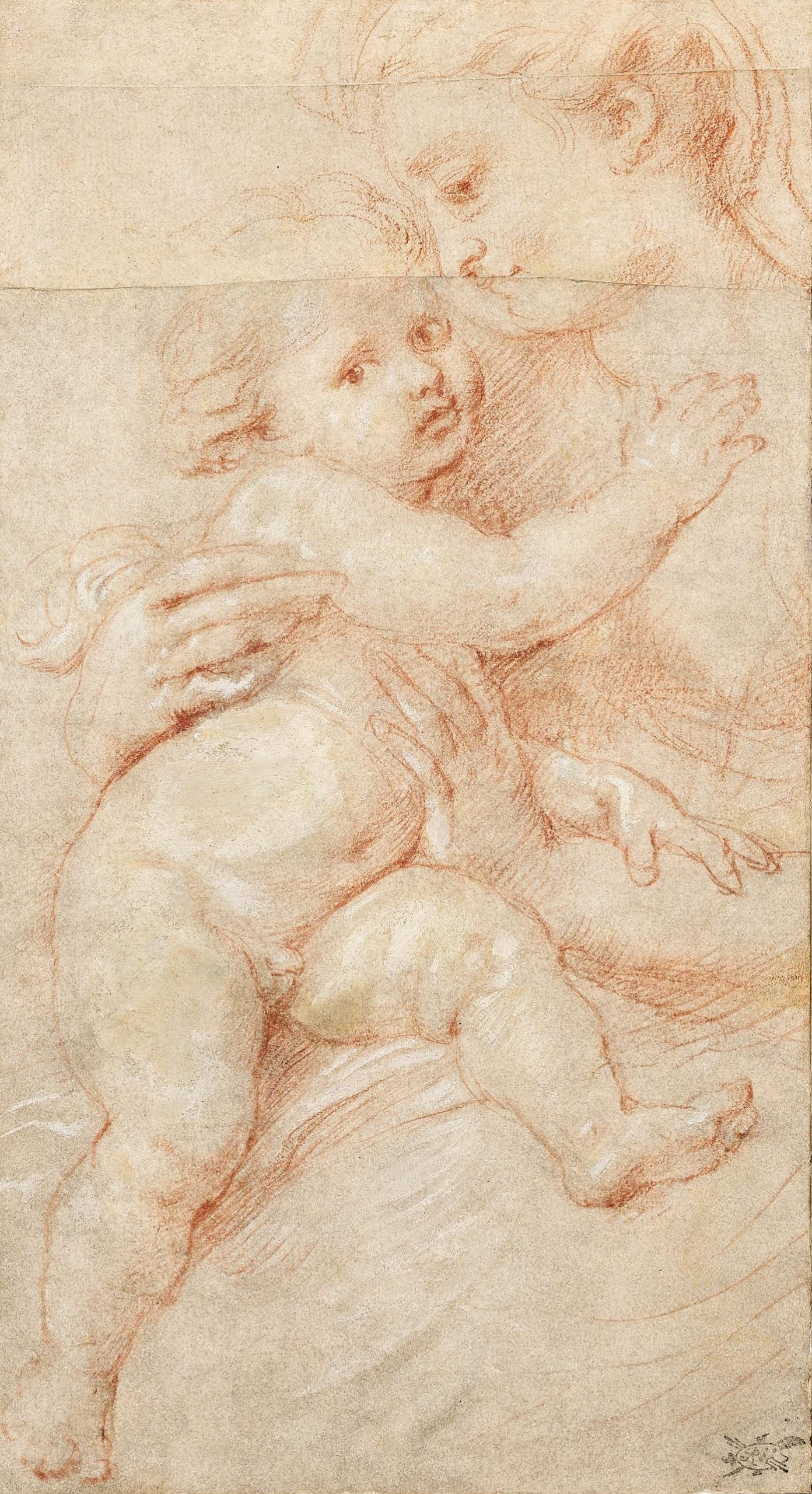
This drawing of a Madonna and Child by Peter Paul Rubens provides fascinating insights into the painter’s working methods.
After completing his apprenticeship, Peter Paul Rubens was accepted into the Antwerp painters’ guild in 1598. A year later, he travelled to Italy where the work of the great painters Raphael, Michelangelo, Titian and Veronese would make a deep impression on him. The work of the young northern painter very soon caught the eye of Duke Vincenzo Gonzaga who appointed him Court Painter in Mantua. At the Duke’s court, Rubens familiarised himself with the frescoes of Giulio Romano and the works of Andrea Mantegna, which significantly inspired him – impressions that would continue to influence his work after his return to Antwerp.
The drawing of a Madonna and Child, one of Rubens’ rare works executed in red chalk, also was inspired by the work of Giulio Romano and Raphael. There is consensus amongst current Rubens scholars that this is an autograph work by Rubens himself, based on the proximity of this work to his other known production. It is evident that the work is closely related to a study kept in the Museum Kunstpalast Düsseldorf, which is attributed to Giulio Romano. The prototype of the composition in turn probably goes back to an early design by Raphael for his Madonna and Child with Angels, now in the Musée Condé in Chantilly. While Raphael’s drawing is a multi-figure composition, Giulio Romano’s study includes only the figure of the Child and the arms of the Madonna. The Rubens drawing reproduces the figure of the Christ Child in a completely analogue manner to Giulio’s study. However, Rubens expanded the composition of his drawing at the upper edge to include the Virgin lovingly turning towards her child.
The reworking of other artist’s models and the adaption of existing compositions is typical of Rubens’ working method as testified by many instances of his work. In this case, the question of exactly how the Rubens sheet was created remains open to art historical research. Did Rubens create it with knowledge of the Giulio Romano drawing, or did he even possibly possess another version or copy of the Giulio sheet and made a reworking directly on that? The answer will probably remain a mystery, as will the question of when Rubens created the individual parts of the drawing, which is made up of several strips. It is likely that he created the upper parts later and that the entire sheet was also reworked at that time.


Whatever the truth of how this drawing was created exactly, it is an impressive and rare example of the great Flemish master’s working method and clearly demonstrates his practice of absorbing motifs from Italian models and translating them into his own artistic
language.
AUCTION
Old Masters, 22 October 2024, 6 pm
Palais Dorotheum, Dorotheergasse 17, 1010 Wien
old.masters@dorotheum.at
Tel. +43-1-515 60-403














